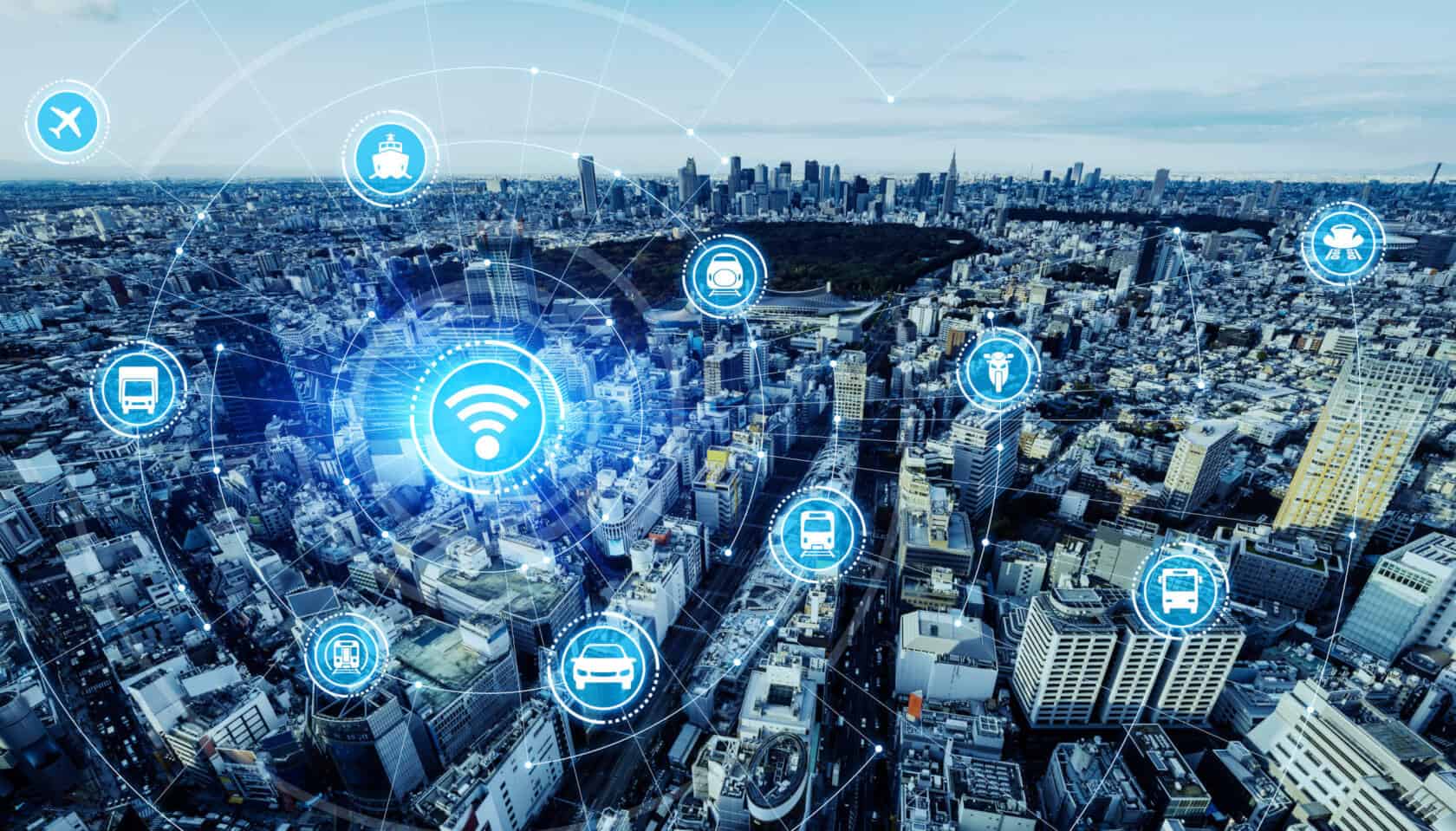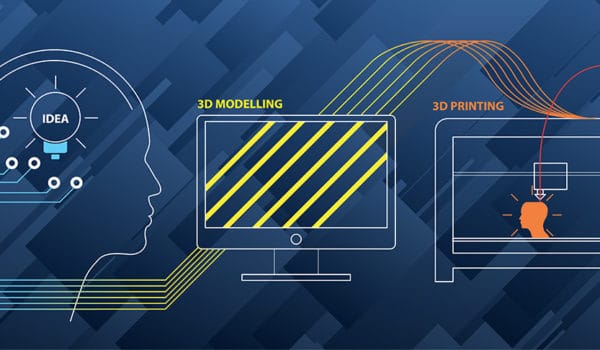From Hyperloop to Maglev Train, to Ringway, innovative public transport projects are flourishing. But what about the reality of future public transportation for everyday life after the fossil fuel crisis?
Using public transportation is good for environmental, financial, and health-related reasons, some of the advantages are as follows:
- The use of public transportation reduces CO2 emissions by 37 million metric tonnes per year.
- Public transit decreases traffic by minimizing congestion on heavily trafficked roadways.
- Public transportation is also cost-effective for riders, saving them up to 5,000 euro yearly.
- Public transportation actually boosts fitness levels. Riders who use public transportation are on average several times more active than those who do not use public transportation.
- The prevalence of public transportation is changing as a result of changing demographics.
- Approximately 20% of millennials prefer to live near downtown communities or in metropolitan areas.
Despite the numerous benefits of taking public transportation, there are a lot of limitations to this mode of transportation. Long waits at public transport, missing departures, and backup issues relating to the transit route may be experienced by people who utilize public transportation.
Regulatory hurdles can hamper the establishment and extension of public transportation networks because federal criteria for public transit vehicles are stricter than those for private or commercial vehicles.
In this article, we will talk about some of the most important future public transportation systems.
Magnetic Levitation Trains
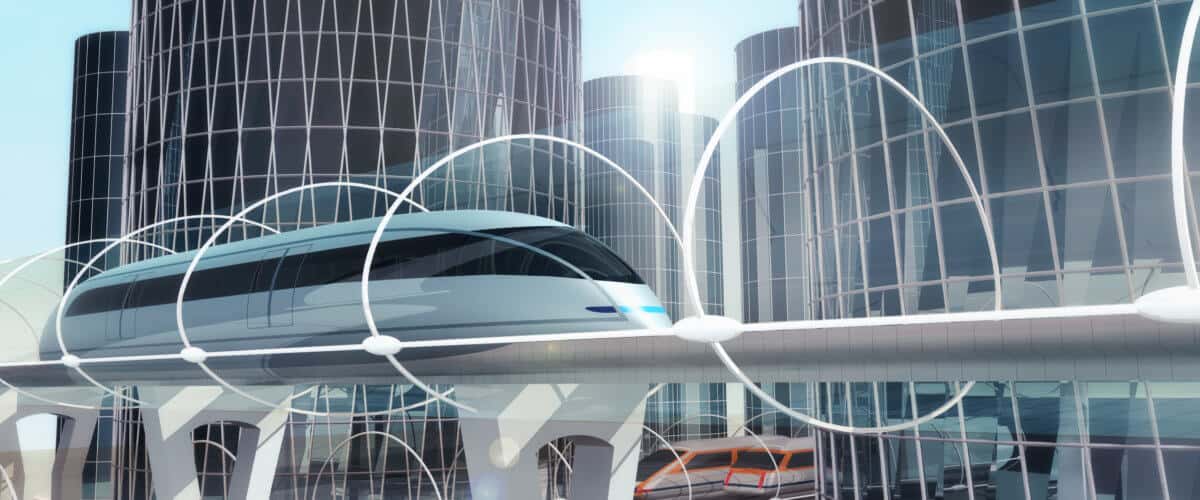
Maglev trains also known as Magnetic Levitation Trains, are driven by electrically charged magnets and float about four inches above their tracks. The trains, according to the drivers, are extremely comfortable and stable.
Magnetic levitation trains have been seen traveling at speeds of up to 375 mph. Maglev trains are already in use in Germany, and by 2030, they are expected to be a common means of transportation all around the world.
Hyperloop Transportation System
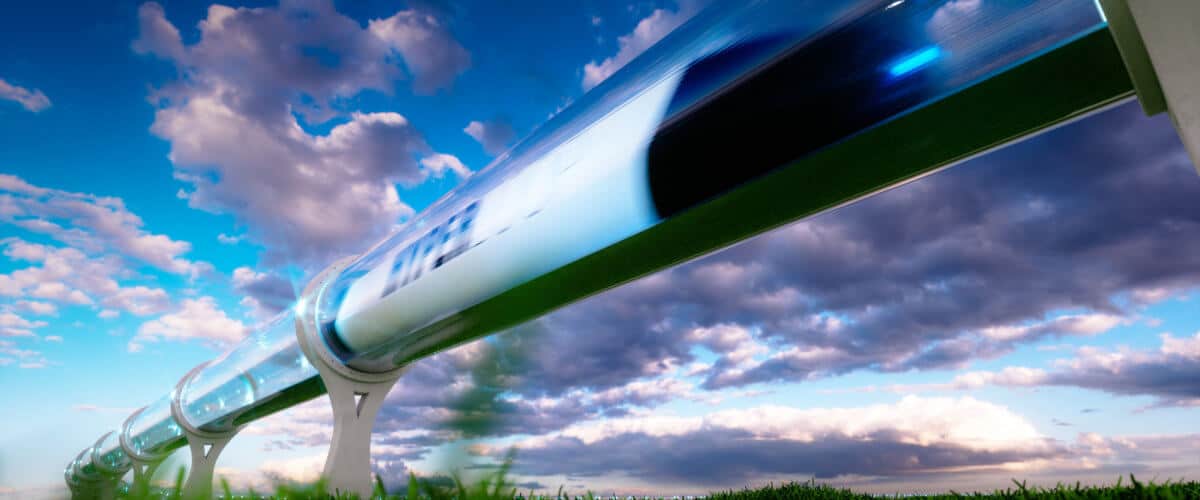
Hyperloop is one of the most trending technologies in the field of transportation. It is a tube that uses the physical properties of a vacuum to transport users from one place to another. Hyperloop can travel at a speed of 700 mph. The hyperloop projects are developing at various locations across the globe. This project will help to reduce the complexity of inner-city transport.
Flying Electric Taxi
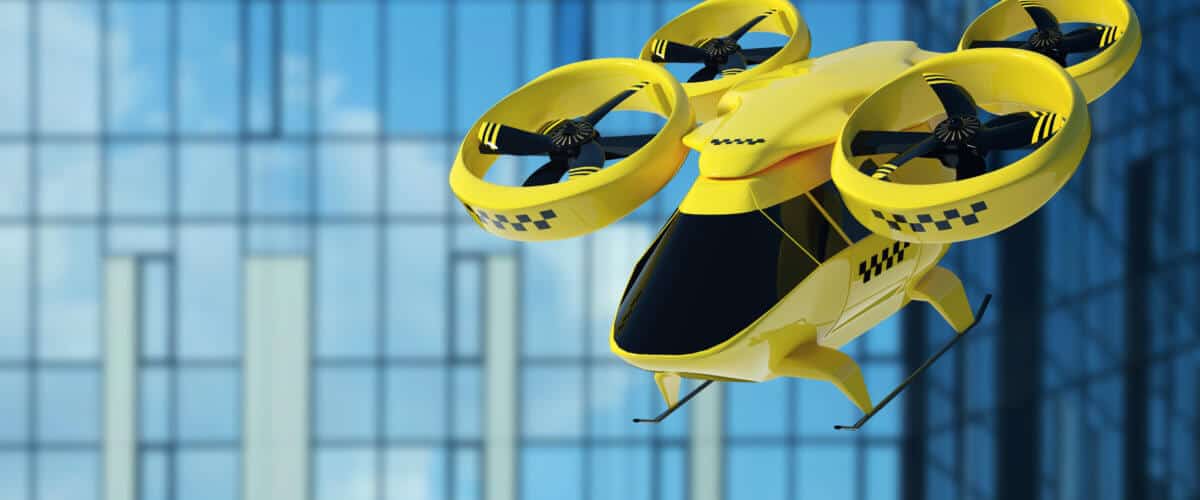
Whether it’s a small business or a major corporation, flying electric taxis will be the transportation industry’s future. An American company, Uber has declared that it will develop flying electric taxis by 2023. Uber’s aim is to create a flying taxi that is powered by electricity and transports passengers to their destination. Volocopter, an autonomous helicopter powered by electricity, is one example of such a flying electric taxi. Flying taxis may appear to be something out of a science fiction novel or fantasy, but the flying electric taxi project is as real as it gets. Uber, Boeing, and Airbus are among the companies that have begun to explore this technology.
Ringway Transportation System
Ringway transportation system, a novel mass transit system of the future, without using continuous rail or tube or any support in the travel path of the vehicle. The principle of the present invention developed from the observation of the relationship between the balance points of the beam at rest on two points. It is noted that when a small beam slides from the edge of a table or wall, given a uniform weight distribution, the beam will be pushed to almost half of its length before tilting occurs. Ringway Transportation system maintains the characteristics of traditional rail transportation and air transportation but reconfigures them in a highly innovative design. This design employs that the steel wheels are replaced by the chain drive wheel and continuous steel rail is replaced by a mover or magnetic levitation components fixed on the ringway pillar support and on the vehicle. The functionality of the pillar support and vehicle is combined. It is accomplished by reversing the orientation of the wheel and the rail. The vehicle is driven by a motor connected to the chain drive wheel assembly placed at the bottom end of the vehicle or by using magnetic levitation.
Hypersonic Air Transportation System
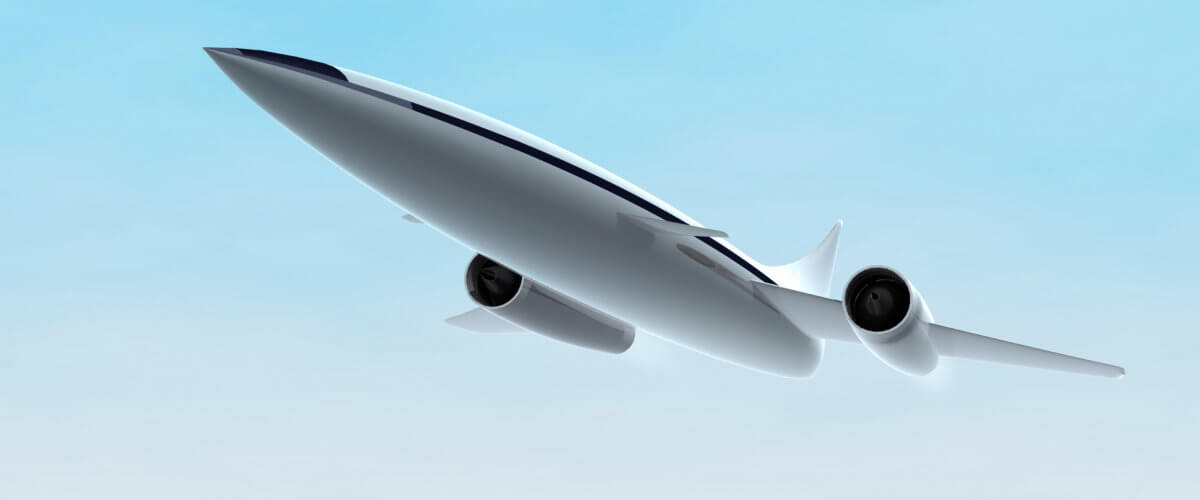
It has been more than 17 years since the Concorde Supersonic airliner took its last flight, flying faster than the speed of sound, i.e. Mach 1. Now, many new generations of aviation companies hope to be flying passengers at hypersonic speeds of Mach 5, or even higher, sometime in the near future. Such aircraft would complete the transatlantic Prague to Mumbai journey in about one or two hours.
Ropeless Elevators
The German elevator company is developing the world’s first ropeless elevator system that moves sideways. Instead of the conventional elevators moving up and down a vertical shaft, the new system consists of several cars that operate on an electromagnetic track. Following the principles of maglev, the cabins move up one shaft, move horizontally, and descend another shaft, creating a continuous loop. Sophisticated switches help guide the elevator and are equipped with carbon fiber bearings that they can use to change direction. Compared to conventional cable-operated elevators, the new system requires fewer and smaller shafts, which increases the usable area of a building by up to 30 percent.
Fuel for the Future Public Transportation
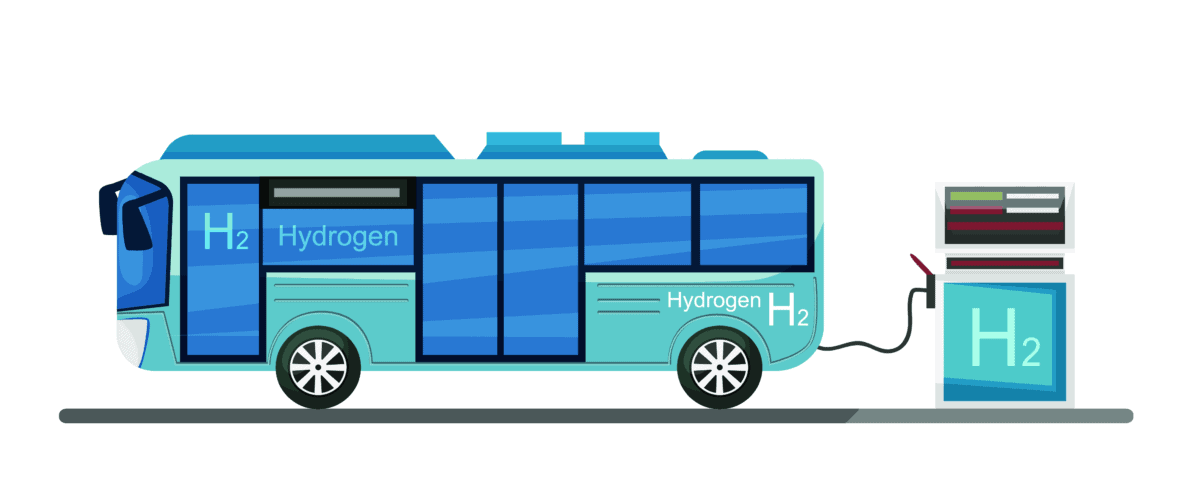
Hydrogen fuel is regarded as a promising new source of energy for the future. Because it is pollution-free and abundant, hydrogen is an ideal fuel from an environmental and climate perspective. Nonetheless, there are several challenges associated with using hydrogen as a source of energy.
First of all, hydrogen does not exist in nature in an easily usable form. It can only be manufactured. Presently, the manufacturing process requires a large amount of electricity, which is primarily generated by fossil fuels. Second, because hydrogen is explosive, storing and transporting it can be hazardous.
If the technological challenges can be overcome and hydrogen becomes a commercially sustainable option, it has the potential to transform the future of transportation by being used as fuel for vehicles such as cars, trains, planes, and airships.
All of the aforementioned mass transportation technologies will result in a complete revolution in the future public transportation industry. There are numerous innovative transportation ideas, and almost all of them will succeed in the future. We are on the verge of a future in which transportation will be as simple as sending emails or navigating the internet. As the technology of the future becomes the technology of the present, you have the option of adapting or becoming a part of the past.
Photo: metamorworks/shutterstock
You might also like:
Support us!
All your donations will be used to pay the magazine’s journalists and to support the ongoing costs of maintaining the site.
Share this post
Interested in co-operating with us?
We are open to co-operation from writers and businesses alike. You can reach us on our email at [email protected]/[email protected] and we will get back to you as quick as we can.
